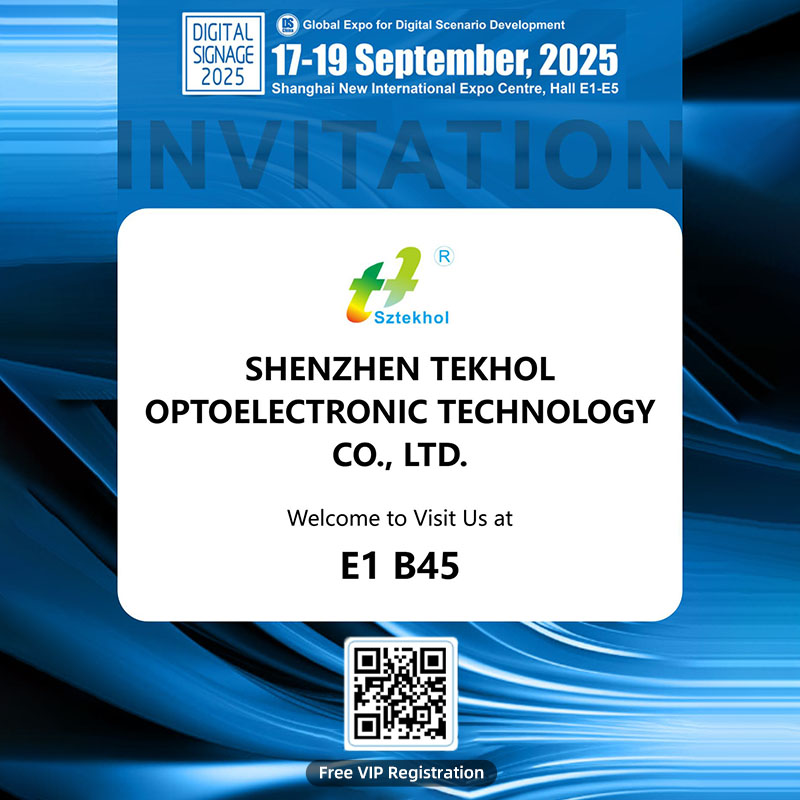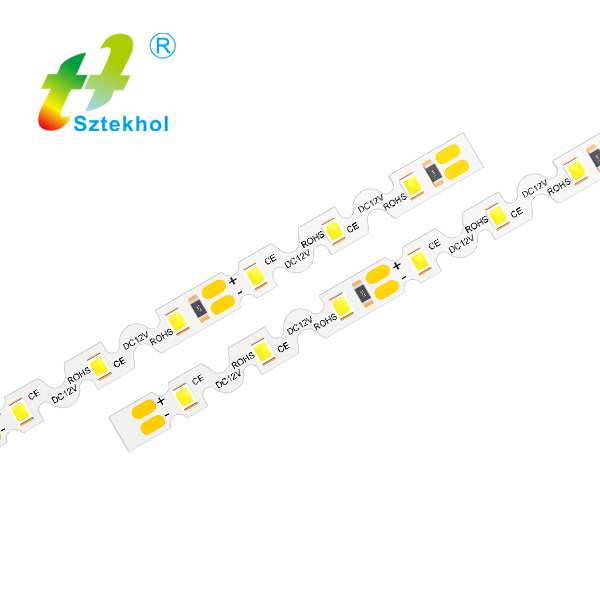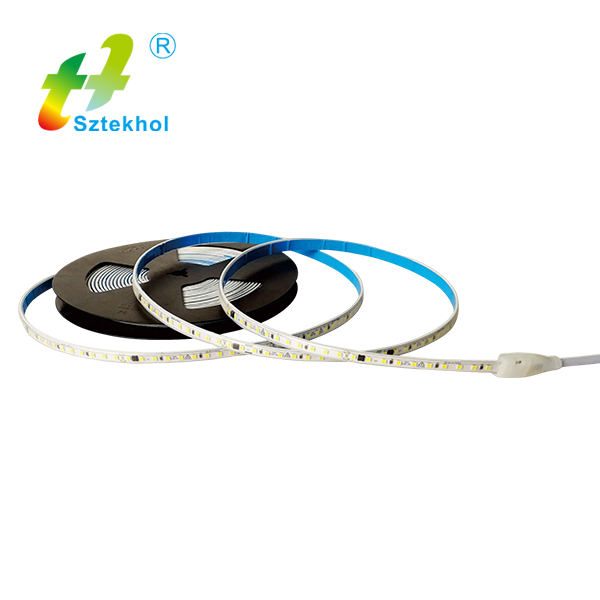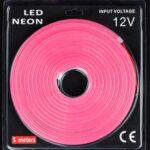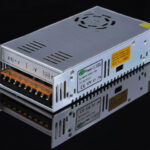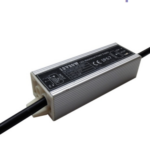LED RGB module is a powerful and widely used electronic component that can achieve rich lighting effects through simple control. Whether it is used for decoration, display or smart devices, RGB LED module can add color and interactivity to the project.,
LED RGB Module is a lighting component that incorporates Light Emitting Diodes (LEDs) capable of producing a wide spectrum of colors by blending red, green, and blue light. These modules offer dynamic and versatile color-changing capabilities, making them popular for a variety of applications
1. Working Principle
The core of the RGB LED module is the red, green and blue LED chips, which control the brightness of each color separately through PWM (pulse width modulation) technology. Since the human eye’s perception of color is the result of additive color mixing, almost all visible colors can be mixed by adjusting the brightness ratio of the RGB three colors. For example:
Red + Green = Yellow
Red + Blue = Purple
Green + Blue = Cyan
Red, Green and Blue Full Bright = White
2. Main Features
Full-color display: By adjusting the brightness of the RGB three colors, 16.7 million colors can be achieved (256 levels of brightness × 256 levels of brightness × 256 levels of brightness).
Programmability: The module usually supports programming through a microcontroller (such as Arduino, Raspberry Pi, etc.) to achieve dynamic lighting effects (such as breathing lights, gradients, flashing, etc.).
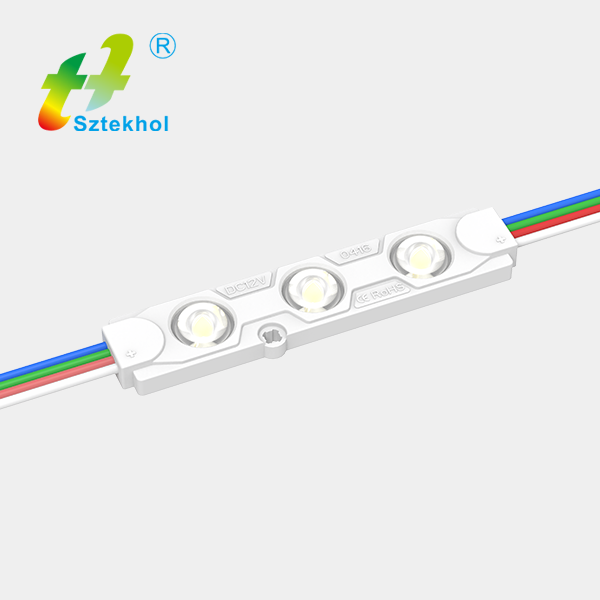
Low power consumption: LED itself has the characteristics of high efficiency and energy saving, and the RGB module consumes less power at low brightness.
Easy to integrate: The module is usually designed in a standard size, which is convenient for integration with other electronic components or circuit boards.
Multiple packaging forms: Common packaging forms include direct plug-in type, SMD type (such as 5050 package), etc., which are suitable for different application scenarios.
3. Application scenarios
Lighting decoration: used for decorative lighting in homes and commercial places, such as light strips, light boxes, neon lights, etc.
Display equipment: used as the backlight or pixel point of the display screen, used for LED display screens, billboards, etc.
Smart devices: integrated into smart home devices to achieve lighting atmosphere adjustment.
Electronic projects: used for DIY projects of electronic enthusiasts, such as robots, interactive devices, etc.
Automotive lighting: used for interior atmosphere lights, daytime running lights, etc.
4. Common types
WS2812B (NeoPixel): A popular programmable RGB LED module, each LED chip has a built-in control chip, supports cascade connection, and is suitable for complex lighting effects.
SK6812: Similar to WS2812B, but with higher brightness and lower power consumption.
Ordinary RGB LED module: requires an external control circuit (such as a PWM controller) to adjust the color, suitable for simple applications.
5. Selection and use suggestions
Choose the right module: Choose the right package, brightness and control method according to the application scenario.
Power design: RGB LED modules usually require a stable power supply to avoid color deviation or damage caused by voltage fluctuations.
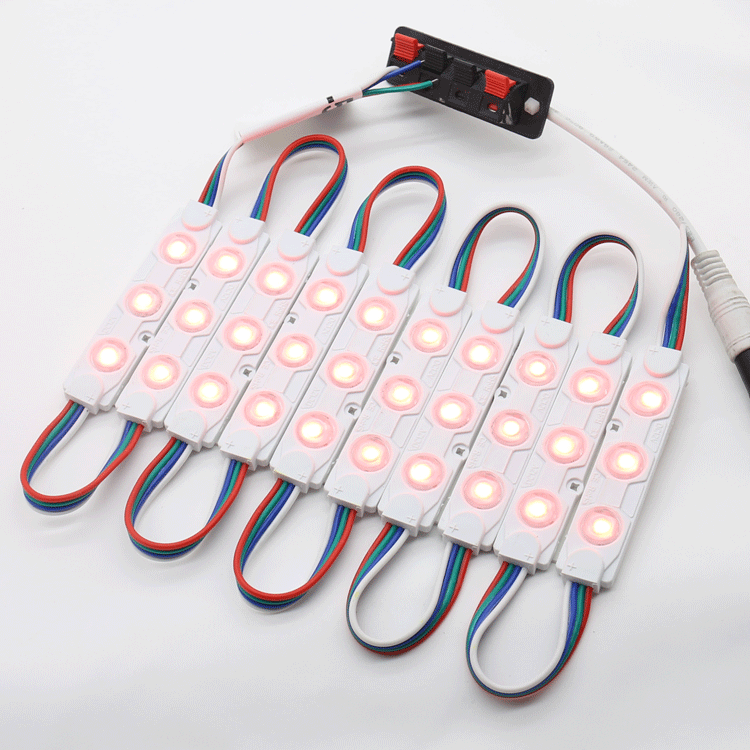
Control method: If dynamic effects are required, it is recommended to choose a module that supports PWM dimming and use a microcontroller for programming.
Heat dissipation design: High-brightness RGB LED modules will generate heat when working, so pay attention to heat dissipation to avoid overheating and shortening the life.
Waterproof and dustproof: If used outdoors or in a humid environment, a waterproof and dustproof module must be selected.

